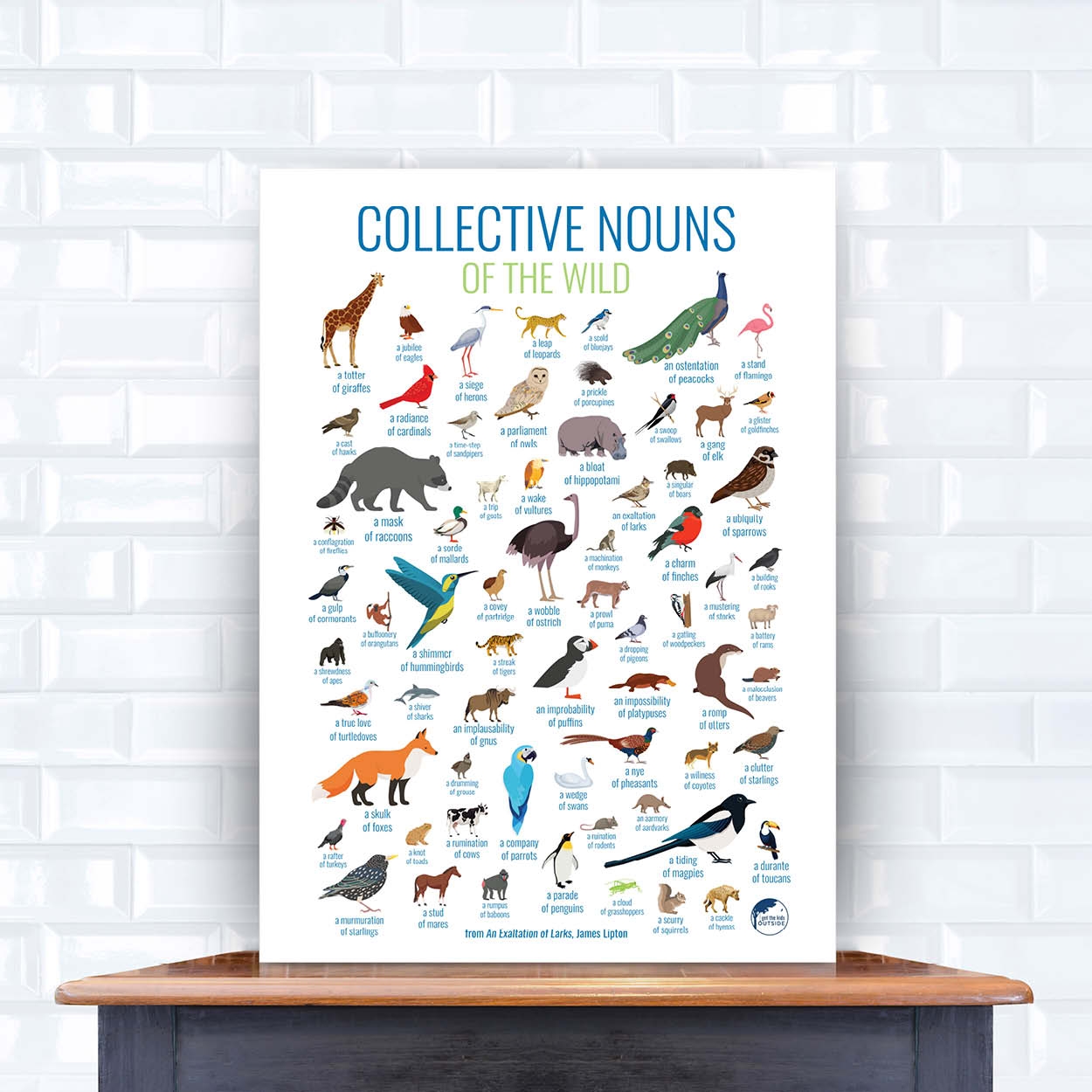Animals are fascinating creatures that come in all shapes and sizes. They can be found in various habitats and exhibit different behaviors. One interesting aspect of animals is the way they are grouped based on certain characteristics they share. These groups provide insight into the relationships between different species and help us understand the diversity of the animal kingdom.
From mammals to birds, insects to fish, there are numerous groups of animals that have been categorized based on their similarities. Each group has its own unique features and plays a specific role in the ecosystem. Understanding these groups can help us appreciate the complexity and beauty of the natural world.
Groups of Animals Called List
1. Mammals: Mammals are warm-blooded vertebrates that have hair or fur, give birth to live young, and nurse their offspring with milk. This diverse group includes animals such as lions, dolphins, and bats.
2. Birds: Birds are feathered, winged animals that lay eggs and have beaks. They are known for their ability to fly and are found in a wide range of habitats, from forests to deserts. Examples of birds include eagles, penguins, and owls.
3. Reptiles: Reptiles are cold-blooded animals that have scales and lay eggs. They can be found on land, in water, and even in trees. Snakes, turtles, and crocodiles are all examples of reptiles.
4. Amphibians: Amphibians are cold-blooded animals that start their lives in water and then move to land as adults. They have moist skin and lay eggs in water. Frogs, toads, and salamanders are common amphibians.
5. Fish: Fish are aquatic animals that have scales and fins. They breathe through gills and lay eggs in water. From colorful tropical fish to massive sharks, the diversity of fish species is vast.
By understanding and appreciating the different groups of animals, we can gain a deeper appreciation for the incredible diversity of life on Earth. Each group has its own unique characteristics and plays a vital role in maintaining the balance of nature. Next time you encounter an animal, take a moment to consider which group it belongs to and marvel at the wonders of the animal kingdom.
